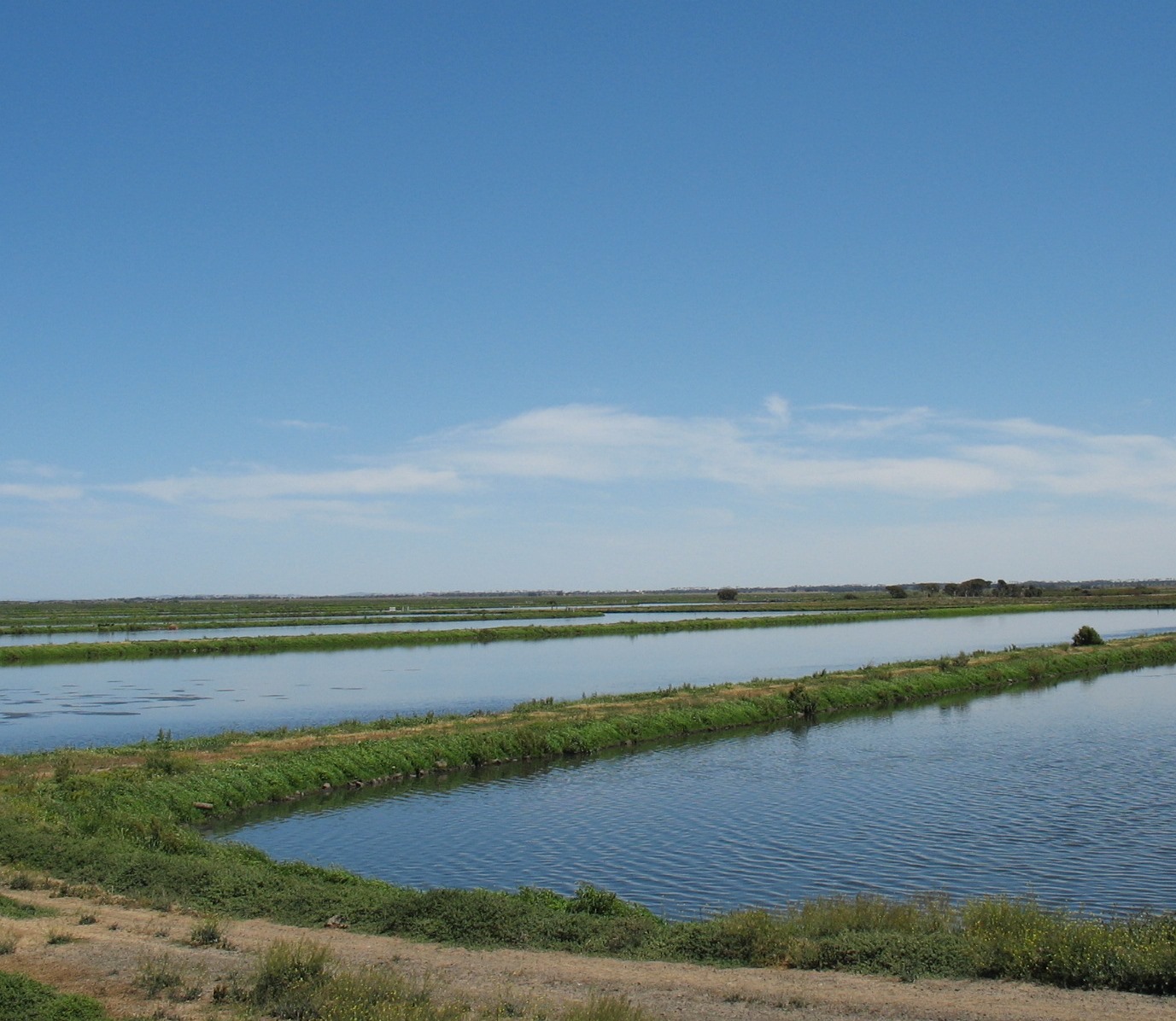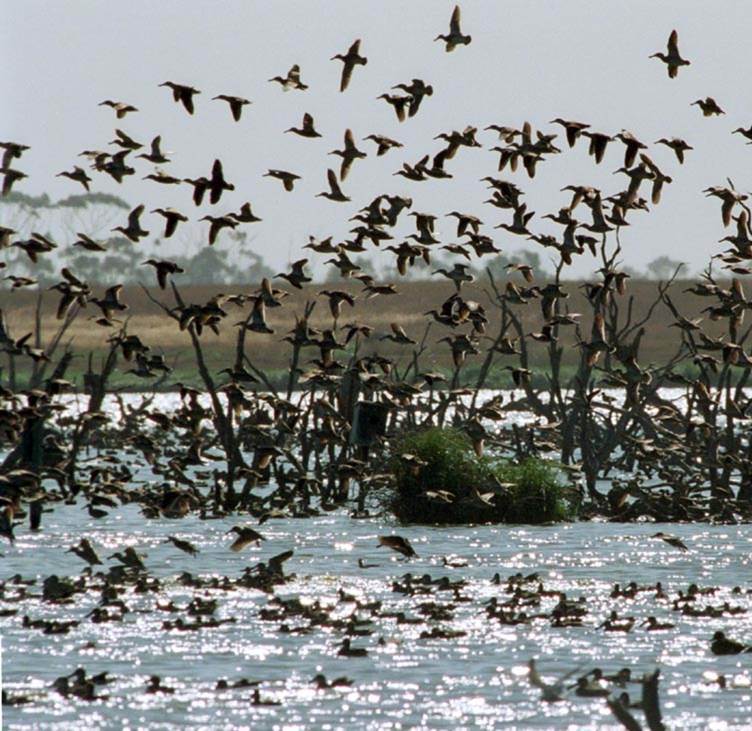The Western Treatment Plant (WTP) near Werribee is managed by Melbourne Water to treat over half of Melbourne's sewage and wastewater. The 10,500 ha area includes a series of lagoons and irrigated paddocks that are used by waterbirds and is especially important during droughts when many wetlands in inland southern Australia are dry. The WTP represents a key part of the Port Phillip Bay and Bellarine Peninsula Ramsar-listed wetland of international importance as a habitat for waterbirds. ARI has monitored waterbirds at the WTP since 2000 to inform management of the site. This monitoring has focused on waterfowl, shorebirds (including migratory shorebirds that nest in the high arctic, ibis, cormorants and terns. For example, waterfowl numbers are counted every two months and have exceeded 100,000 on many occasions. Some of the highest counts include 17,433 Australasian Shoveler, 50,991 Pink-eared Duck, 15,518 Hardhead, 554 Freckled Duck, 11,897 Blue-billed Duck, 34,922 Australian Shelduck and 24,881 Hoary-headed Grebe.
An Environmental Improvement Program (EIP) was implemented at the WTP from 2003-2004 to reduce nutrient discharge into Port Phillip and meet requirements of Victoria's Environmental Protection Authority. The waterbird monitoring program allowed an assessment of whether the EIP and associated upgrade in sewage and wastewater treatment affected waterbird numbers and patterns of utilisation of the plant. Analysis has considered the influence of weather patterns, and changes in water quality and nutrient levels in lagoons.


Results have shown that season and climate, rather than the EIP, appear to have been the dominant influence of waterbird numbers at the site. Dramatic declines of many species have coincided with the end of the recent drought (2009-10), when heavy rains and floods occurred across large parts of Australia, providing waterbird breeding habitat elsewhere. Populations at the WTP have since returned to 'normal' levels. Overall, the WTP continues to provide significant habitat for a large number of species. This work highlights the importance of maintaining long-term monitoring to support conservation management.
For more information contact: peter.menkhorst@delwp.vic.gov.au
Results of this long-term monitoring program are available in the following report:
- Loyn, R.H., Rogers, D.I., Swindley, R.J., Stamation, K., Macak, P. and Menkhorst, P. (2014) Waterbird monitoring at the Western Treatment Plant 2000-12 (PDF, 4.6 MB) ARI Technical Report Series No. 256. Department of Environment and Primary Industries, Heidelberg, Victoria
(accessible version (DOCX, 4.8 MB))
Page last updated: 03/12/19